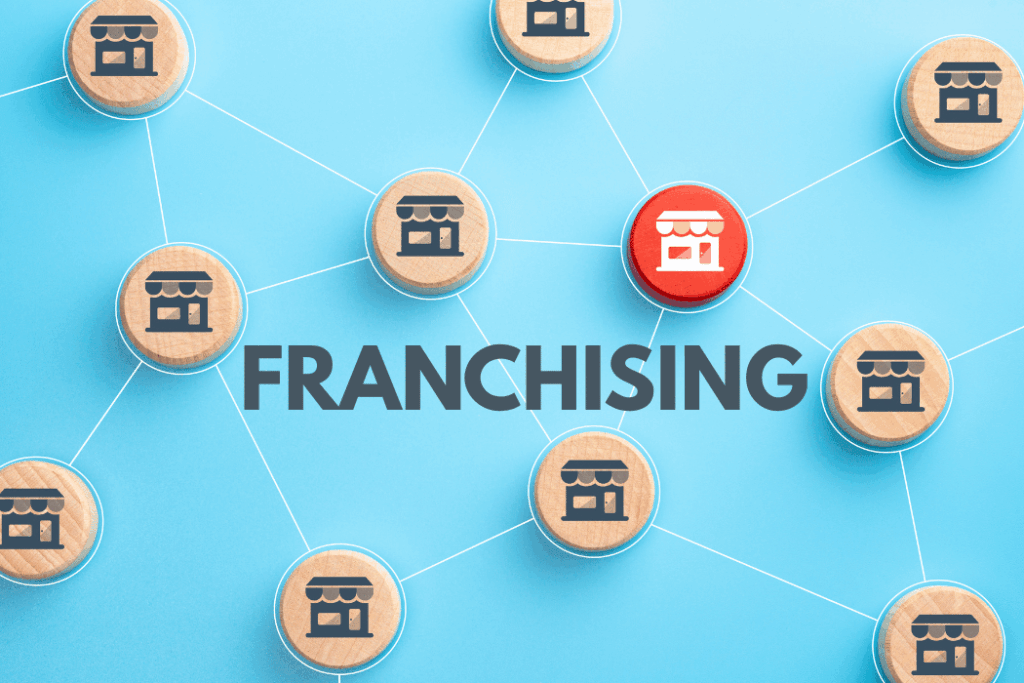
Let’s be honest, running a small business is tough enough without drowning in spreadsheets and statistics. If you’ve ever looked at your marketing data and felt completely overwhelmed, you’re not alone. I know several small business owners who share the same challenge: figuring out which numbers actually matter.
Here’s the good news: you don’t need a Ph.D. in analytics to make smart marketing decisions. In this guide, I’ll walk you through the essential metrics that can transform your marketing from a guessing game into a strategic powerhouse. No jargon, no complexity—just clear, actionable insights you can use right away.
Breaking Down Marketing Metrics: What You Really Need to Know
Think of marketing metrics as your business’s report card. Just like you check your bank account to know your financial health, these metrics tell you whether your marketing efforts are paying off or burning through your budget.
But here’s the thing—you don’t need to track everything. Just like you wouldn’t check your temperature, blood pressure, and run a full blood panel every time you have a headache, you don’t need to monitor every possible marketing metric. Let’s focus on the ones that truly matter for your business.
The Seven Marketing Metrics That Actually Move the Needle
1. Conversion Rate: Your Marketing’s Bottom Line
Picture this: You’ve got 1,000 people walking into your store, but only 10 are buying something. That’s a 1 percent conversion rate, and it’s telling you something important about your business. Whether you’re running an actual store or an e-commerce site, your conversion rate reveals how well you’re turning browsers into buyers.
Here’s how to figure it out:
Take your total sales (or sign-ups, or whatever action you want) ÷ Total number of visitors × 100
Real talk: If your conversion rate is hovering around 1-2 percent, don’t panic. The average across most industries is 2-5 percent. But imagine bumping that up to just 3 percent—you’ve just doubled your business without getting a single new visitor.
Quick wins to boost your conversion rate:
- Make your “Buy Now” or “Sign Up” button impossible to miss
- Cut your checkout process down to as few clicks as possible
- Test different headlines and images (yes, even small changes can make a big difference)
- Speed up your website (because nobody likes waiting)
2. Customer Acquisition Cost (CAC): The Price of Growing Your Business
Here’s a question that might keep you up at night: How much are you spending to get each new customer? If you’re pouring $100 into advertising to get a customer who spends $50, well… you can see the problem.
The math is simple:
Add up all your marketing costs ÷ Number of new customers = Your CAC
Let’s say you’re a coffee shop owner spending $2,000 a month on social media ads. Sounds reasonable, right? But when you calculated your CAC, you’re spending $25 to acquire customers who averaged $15 in purchases. Ouch.
Here’s how to fix it:
- Shift the focus to a referral program (happy customers bring in friends for free)
- Create an Instagram-worthy space that customers want to share
- Target ads to people within a 3-mile radius instead of the whole city
- Result? CAC drops to $8, and business booms
3. Return on Ad Spend (ROAS): Making Every Ad Dollar Count
If you’re spending money on advertising (hello, Facebook ads!), you need to know your ROAS. It’s simple: for every dollar you spend on ads, how many dollars do you get back?
The calculation:
Revenue from ads ÷ Cost of ads = Your ROAS
Let’s say you spend $500 on Facebook ads and make $2,000 in sales from those ads. That’s a 4:1 ROAS—pretty solid! But if you’re only making $600 from that $500 spend? Time to rethink your strategy.
Pro tip: Start small with your ad spend. Test different audiences, messages, and images with $50 before you spend $500. Many businesses waste thousands by skipping this step.
4. Customer Lifetime Value (CLTV): The Gift That Keeps on Giving
Here’s a mistake that often happens: focusing so much on getting new customers that you forget about the gold mine sitting in your existing customer base. Enter Customer Lifetime Value—possibly the most underrated metric in small business.
Think about it: would you rather have:
- A customer who makes a one-time $100 purchase, or
- A customer who spends $50 four times a year for three years ($600 total)?
That’s CLTV in action. Here’s how to calculate it:
Average Purchase Value × Number of Purchases per Year × Average Customer Lifespan
Here’s an example. A local gym owner was offering steep discounts to bring in new members. When she calculated her CLTV, she found that members who stayed longer than six months were worth 5x more than the one-time deal seekers. This completely changed her strategy.
Instead of constant discounting, she:
- Created a loyalty program that rewarded consistent attendance
- Offered existing members buddy passes to bring friends
- Started a monthly newsletter with fitness tips and member success stories
- Result? Higher retention, more referrals, and a 40 percent increase in CLTV
5. Bounce Rate: Why Visitors Leave (And How to Make Them Stay)
Picture throwing a party where people take one look inside and immediately leave. That’s essentially what a high bounce rate means for your website. It tells you the percentage of people who visit one page and bounce without exploring further.
A fellow business owner once told me, “My website gets tons of traffic, but no sales!” When we looked at their bounce rate, it was a whopping 85 percent. Yikes. The good news? He cut that in half by making some simple changes:
- Stripped out the auto-playing background video that was slowing everything down
- Made the menu easier to navigate on mobile phones
- Added clear calls-to-action at the top of each page
- Included customer reviews and trust signals
Pro tip: A “good” bounce rate varies by industry but aim for under 60 percent for most small business websites. For e-commerce? You’ll want it even lower.
6. Social Media Engagement: Beyond the Vanity Metrics
Let’s have an honest conversation about social media. Having 10,000 followers means nothing if they’re all crickets. What matters is engagement—how many people are actually interacting with your content.
Sometimes business owners learn this lesson the hard way when they buy followers to look impressive. Sure, they have 50,000 followers, but their posts are getting less engagement than accounts with 500 real, engaged followers.
Here’s what really matters:
- Engagement rate (likes + comments + shares ÷ total followers)
- Click-through rate on your links
- Comments and meaningful interactions
- Direct messages and inquiries
- Actual sales or leads from social media
For example, a local bakery had only 2,000 Instagram followers but was selling out daily because they focused on engaging their local community rather than chasing follower counts. They:
- Shared behind-the-scenes stories of bread-making
- Posted customer photos (with permission)
- Responded to every comment personally
- Result? 30 percent of their daily sales came from Instagram
7. Email Marketing Metrics: Your Secret Weapon
Email might not be the new kid on the block, but it’s still the heavyweight champion of marketing ROI. Here’s what you need to watch:
Open rates tell you if your subject lines are working. Industry averages hover around 18 percent, but some small businesses can hit 40 percent+ by doing one simple thing: writing subject lines that sound like they came from a real person, not a marketing robot.
Click-through rates show if your content delivers on your subject line’s promise. Getting 2-5 percent of readers to click is normal, but aim higher by:
- Making your call-to-action crystal clear (and compelling)
- Keeping emails focused on one main message
- Using your customer’s name (yes, it still works)
- Testing different sending times (Tuesday morning isn’t always best)
How to Track All This Without Losing Your Mind
All these metrics might sound overwhelming. But here’s a practical, no-nonsense approach to tracking what matters:
1. Start With the Basics:
- Google Analytics (free and powerful)
- Your social media’s built-in analytics
- Your email platform’s analytics
- A simple spreadsheet to track trends
2. Create a Simple Dashboard:
- Pick your top 3-5 metrics
- Check them weekly (set a calendar reminder)
- Note significant changes or patterns
- Adjust your strategy monthly
3. Use Free Tools Smartly:
- Google Analytics for website metrics
- Facebook Business Suite for social media
- Mailchimp or SendinBlue for email stats
- Google Search Console for SEO insights
Setting Real-World Benchmarks (That Actually Make Sense)
Here’s the truth about benchmarks: what works for Amazon won’t work for your local bookstore. Instead, follow this approach:
1. Start Where You Are:
- Document your current numbers
- Set realistic improvement goals (aim for 10 percent better, not 1000 percent)
- Track progress monthly
2. Industry-Specific Goals:
- E-commerce: Aim for 2-3 percent conversion rate
- Service businesses: 20-30 percent email open rates
- Local retail: 5-10 percent engagement rate on social media
Common Pitfalls (And How to Avoid Them)
Here are some real mistakes so you can avoid them:
The “Too Much Data” Trap:
- Solution: Focus on 3-5 core metrics that directly impact your bottom line
The “Random Acts of Marketing” Syndrome:
- Solution: Let your metrics guide your strategy, not your gut feelings
The “Analysis Paralysis” Problem:
- Solution: Set specific times for review and decision-making
The Bottom Line
Remember, these metrics aren’t just numbers—they’re the story of your business told in data. They’ll tell you:
- Where your marketing dollars work hardest
- Which customers are most valuable
- What content resonates with your audience
- How to grow sustainably
Start small, focus on what matters most to your business right now, and build from there. The most successful small businesses don’t try to track everything at once—they pick their battles and grow their measurement sophistication along with their business.
Ready to get started? Pick one metric from this guide and commit to tracking it for the next month. You might be surprised at what you discover about your business.
Want to revisit these metrics from time to time? Send us a message, and we’ll send you a pdf version so you can keep it in your marketing arsenal. We’d love to help you get started on your data-driven journey to growth.












